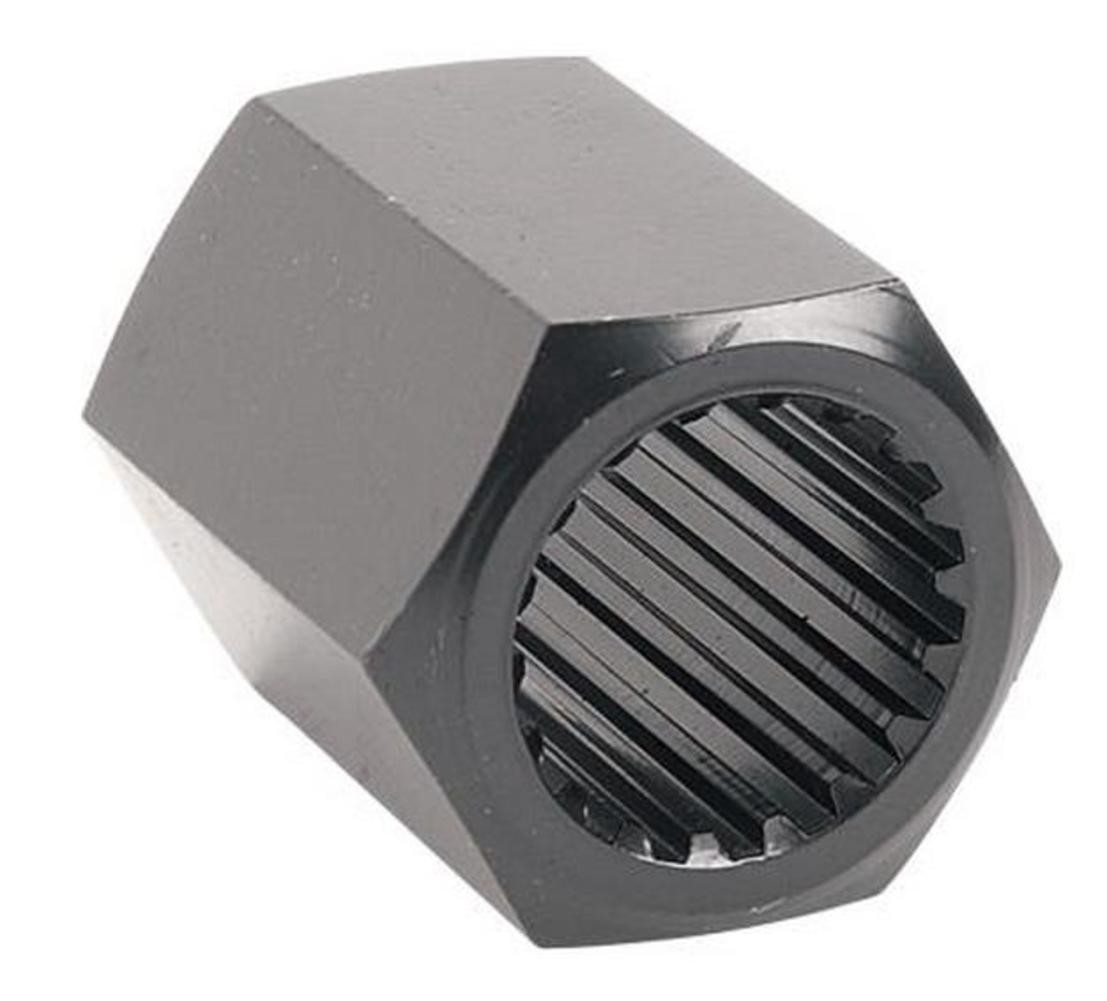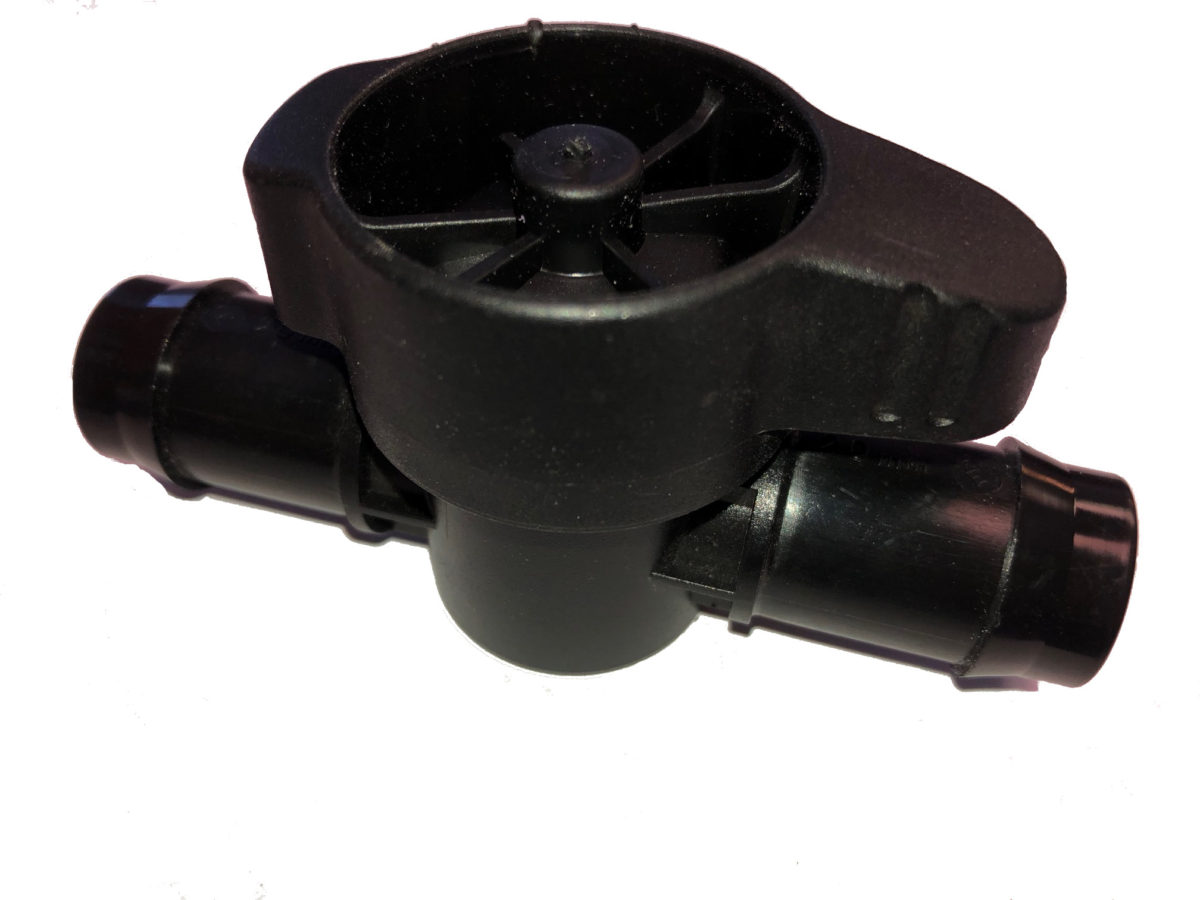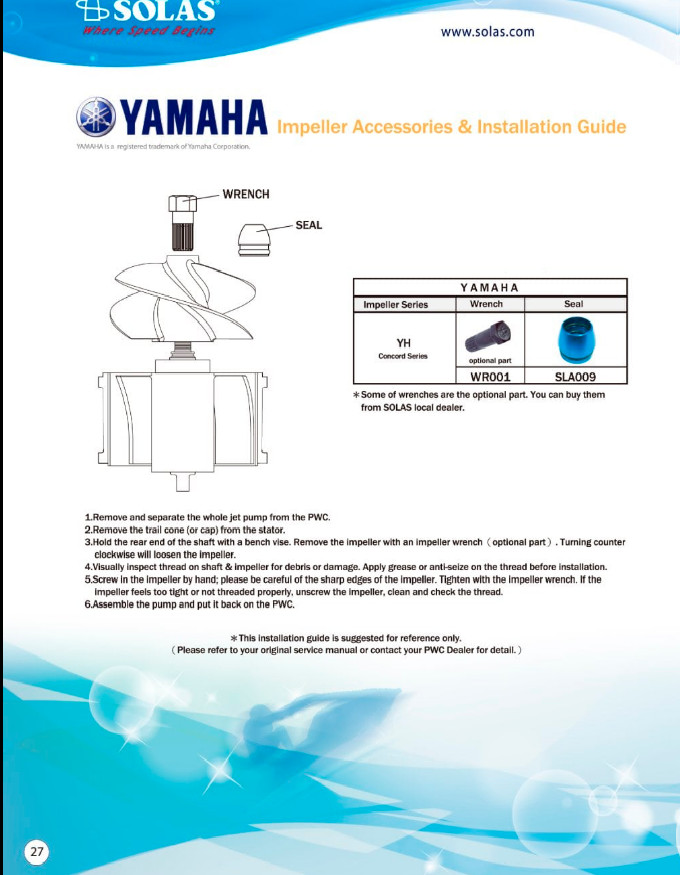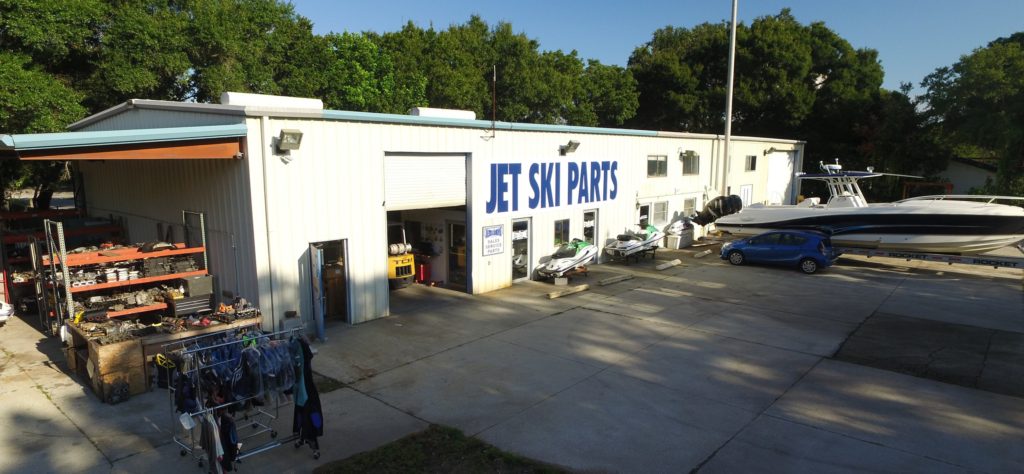
DAVE’S BLOG
Dave's Blog – Jet Ski Tips and Guides and a few shenanigans thrown in
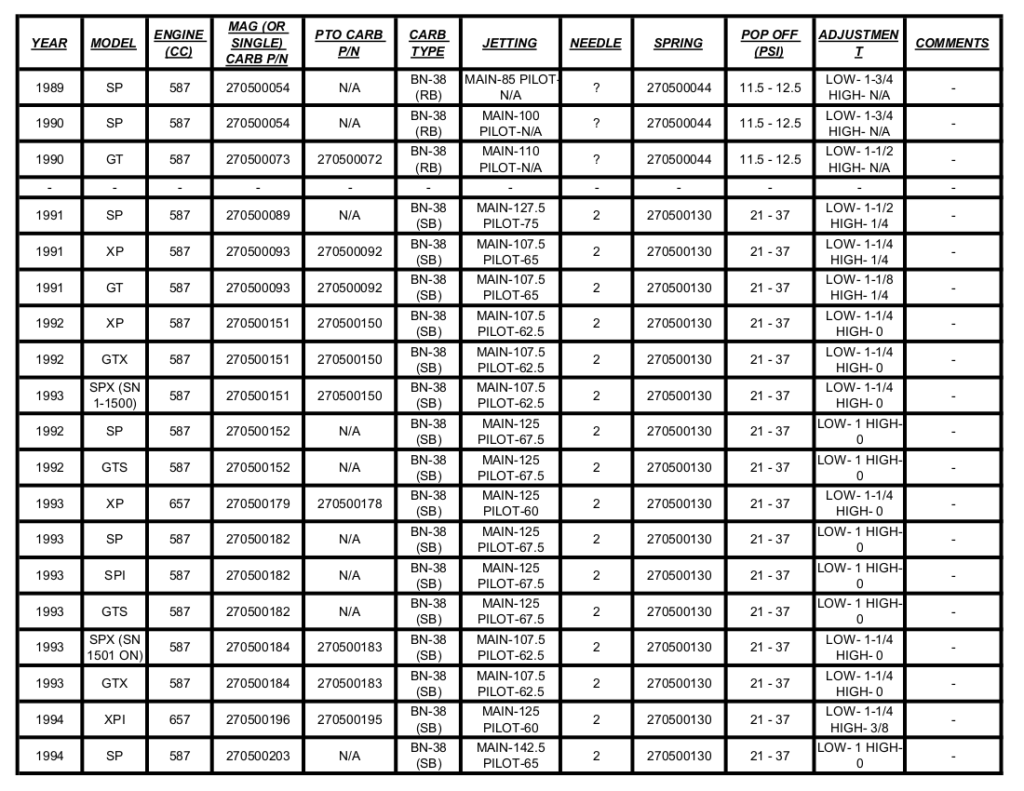

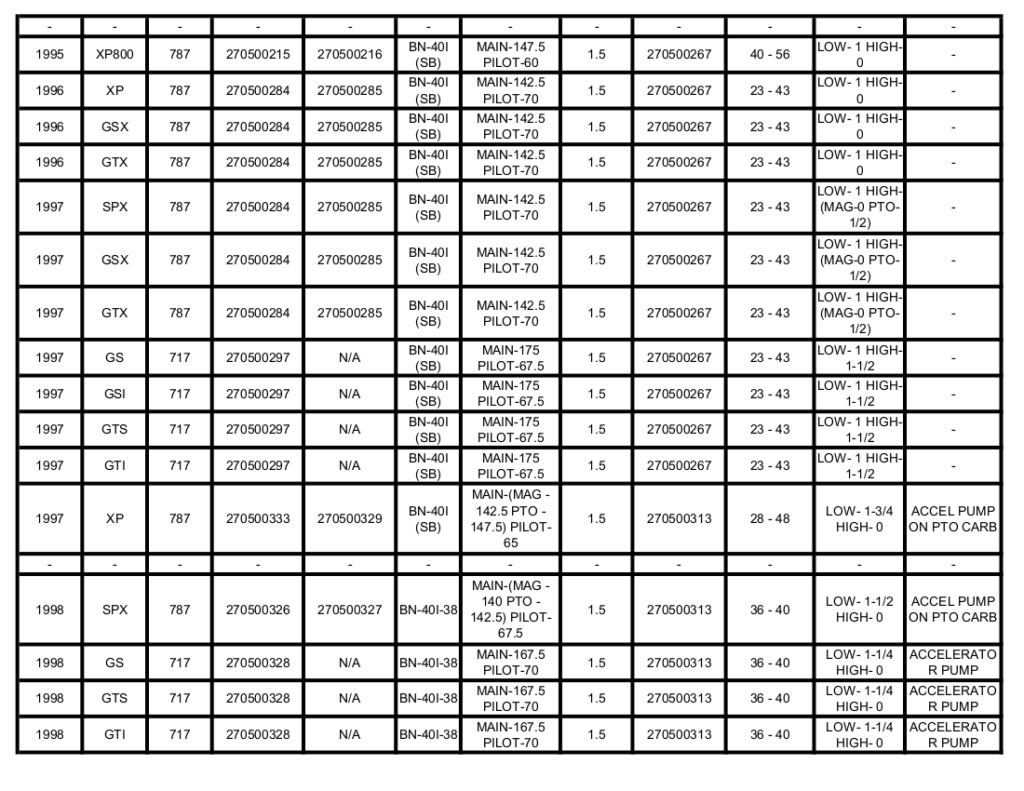
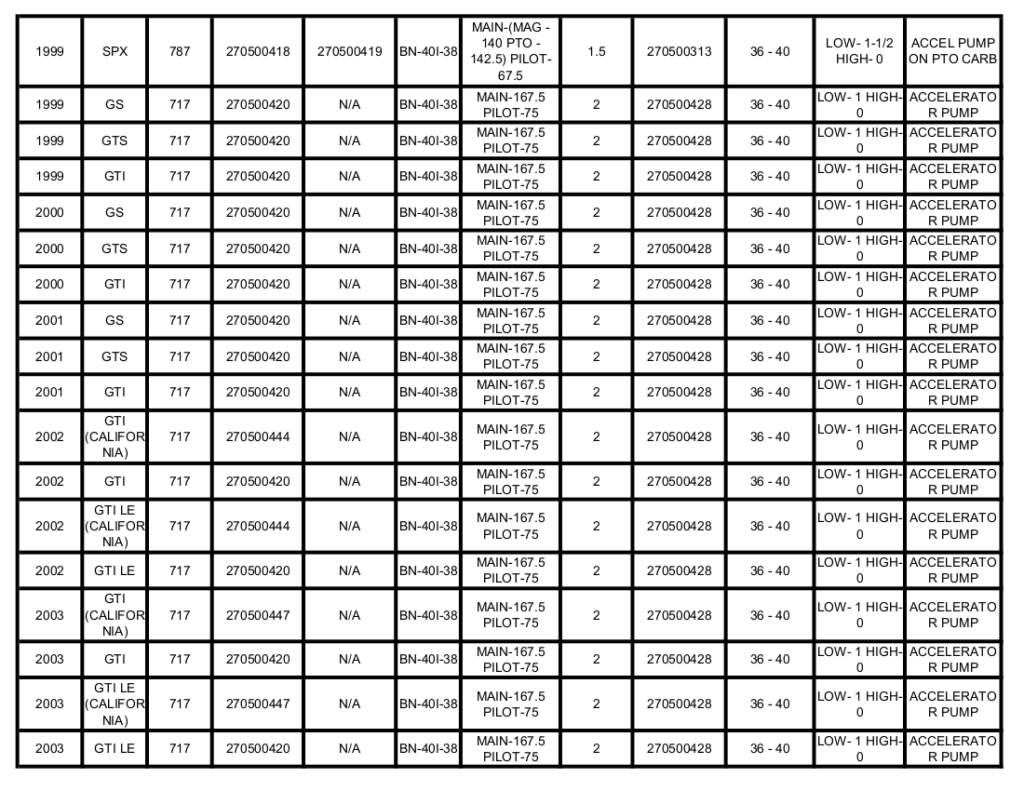


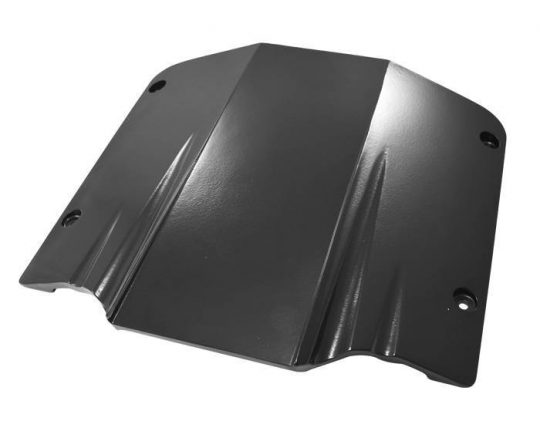
There are two versions of the ride plate. A long version and a short version. Many 800 models came with a short ride plate, and so did some 1200s. You need the longer plate. Then, it needs to be set up properly. Get a handful of stainless washers, the thick type are better to work…
Read More “Guide To Eliminate Bounce On A 97-99 GP Yamaha.” »
Check List credited to Jim Deb
It is the proven formula to fix factory lean conditions. Carb settings with accelerator pump removed or disabled and after market F/A’s These settings will work on both US and non US models. 1200R Aftermarket F/A’s (Flame Arrestors) chokes intact 110 Pilot jets, 1 turn out on low speed adjusters120 main jets, 1-1/2 turn out…
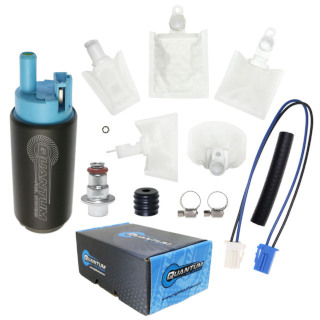
Fuel injected jet skis use electric fuel pumps. HOW DOES IT WORK? These fuel pumps are an electrically controlled mechanism that sends fuel from the gas tank through the fuel filter to the fuel rail. The fuel rail distributes this fuel to the injectors which spray it into each cylinder combustion chamber. A fuel pressure regulator, located either…
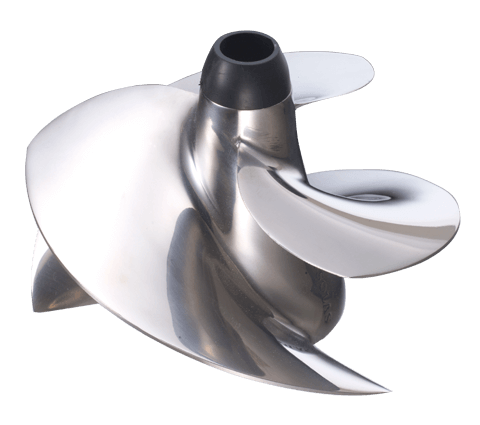
What is impeller pitch? And how does it really affect my skis performance?
First, it is important to understand the difference between varying impeller (jet skis have impellers) pitch and single propeller (boats have propellers) pitch. The differences are in shape and curve of the blades.
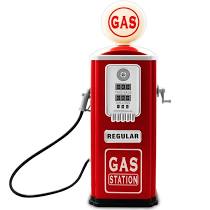
I am going to go out on a limb here and say yes.
With the advent of colder weather, repairs, engine replacement, or even just life in general, your jet ski can sit for extended periods of time. A couple months over the winter or years in the garage or yard as you do other things. During this time your gas is slowly and quietly degrading.
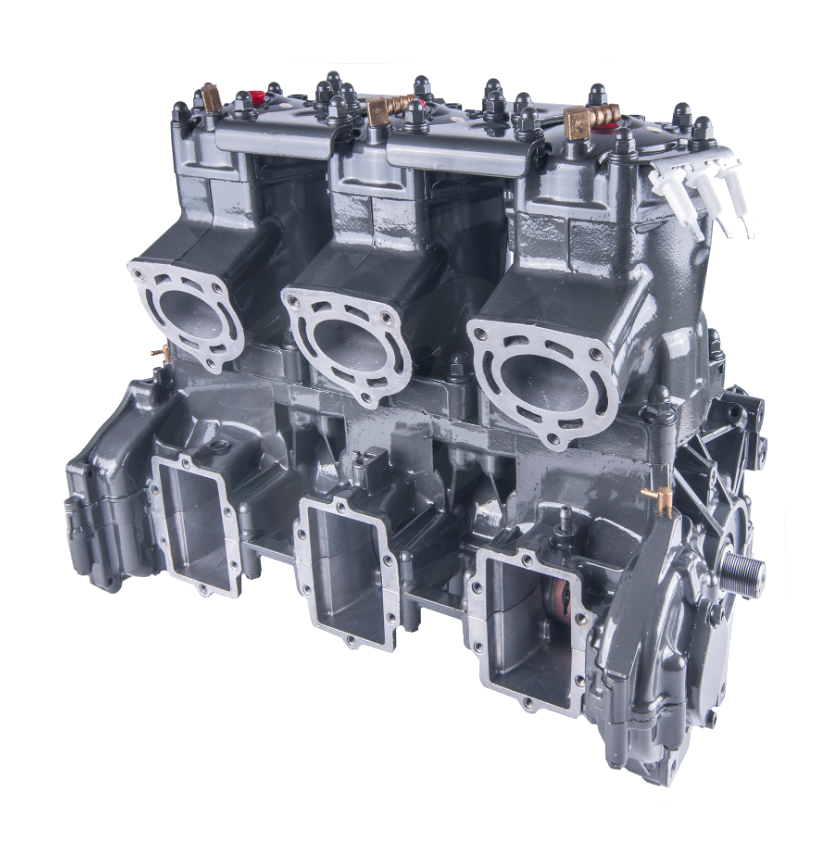
You have replaced your jet ski engine with either a re-manufactured or new motor and your very next thought is to jump on it and … Go! Go! Go!
STOP! STOP! STOP! Like any performance motor, your jet ski motor needs a break-in period to assure proper function and longevity of your ski and its’ engine.
Read More “You Have Replaced Your Jet Ski Engine – Now What?” »
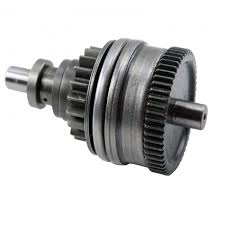
What if your starter turns but the ski won’t go?
Do you hear a very distinct, and very annoying, weeeeennnnnngggggeeee weeeeeeennnnnnnngggggggeeee sound when trying to start your ski?
Time to take a look at the Bendix.
Read More “The Starter Problem That Isn’t The Starter – The Jet Ski Bendix” »
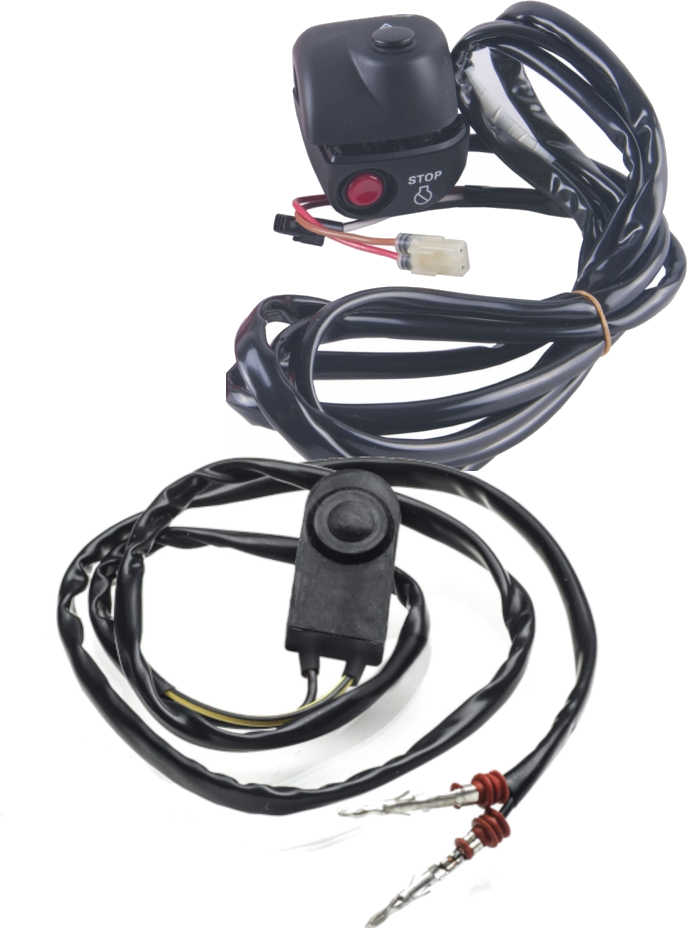
You are having starting issues with your jet ski and have checked the battery and it’s connections and have tested the starter solenoid/relay. What next? It is time to look at the start/stop switch.
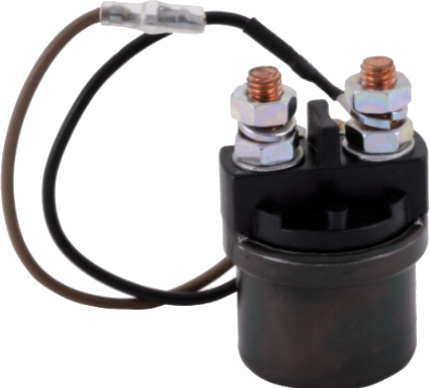
Does my jet ski have a starter solenoid or a starter relay?
The terms starter solenoid and starter relay are often used interchangeably as the switch that activates the battery current to your starter.
While they are designed slightly differently, both a starter solenoid and a starter relay switch are electromagnetic switches tasked with receiving a low power signal that in turn activates a high power signal to the starter. Simply speaking, all solenoids are relays, but not all relays are solenoids. Technically, the solenoid can trigger the higher current of the two.
Read More “Testing A Jet Ski Starter Solenoid/Relay Switch” »
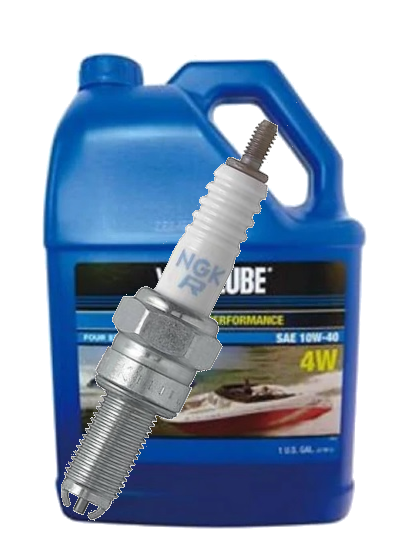
We hear you. There are multiple articles covering both oil for your jet ski and jet ski spark plugs. But they are both important parts of your jet ski maintenance. Like mini insurance policies to keep your ski running.
Many, if not most, of your jet ski problems can be avoided, diagnosed, or at the least forewarned of with these two maintenance jobs.
Read More “Why So Many Oil And Spark Plug Articles On This Blog?” »
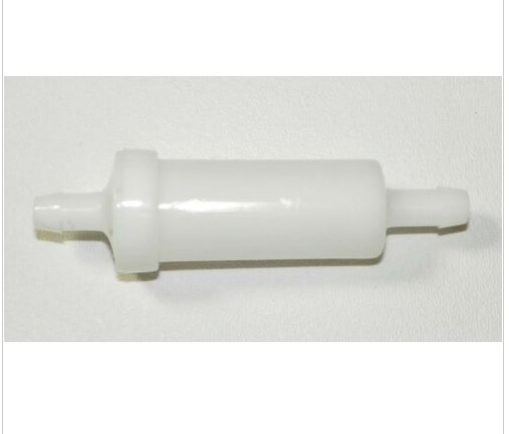
When you change your oil, check the condition of your oil filter! Especially if the filter is located close to the bottom of the ski. If it is rusted or in poor condition, it is a sure sign you need to change your oil more often to avoid a filter failure.
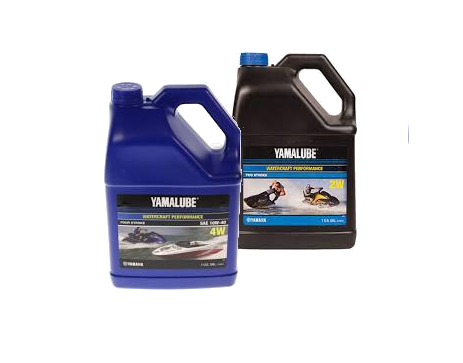
Are 2 stroke and 4 stroke oils interchangeable? The short answer is ….no.

In both motors, the oil lubricates the metal parts, keeping them from seizing together, but they do it in completely different ways.

Safely moving your jet ski to the water on a trailer is not hard. Like anything else, the right tools make the job easy.
Vehicle
Providing the vehicle is equiped with a tow hitch and light hook up:
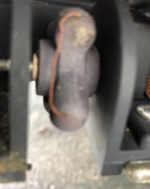
Anyone who has played with jet skis (PWCs, whatever you want to call them) for a while has realized that the speedometers are almost never accurate. I have a Yamaha GPR that will consistently read 94 mph while I am actually going about 60 mph.
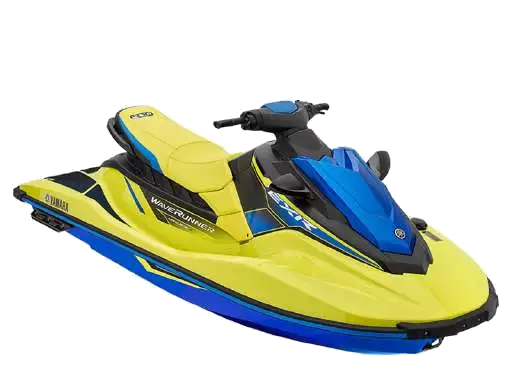
The Whys And Whats Of Flipping A Jet Ski
The earliest, pea green, Kawasaki jet ski’s claim to fame was their self-righting hull and the fact that they moved in a circle if you fell off.
The learning curve to riding one was similar to breaking in a bucking bronco, and falling off while riding was almost a given.
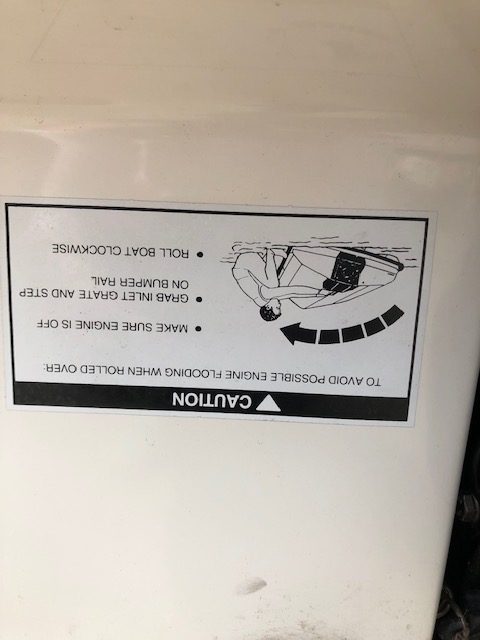
Well, it’s happened. You have flipped your ski and you and/or your passengers are in the water. While capsizing a jet ski doesn’t happen often, when it does, what you do and how you do it matters.
Jet skis are designed to float, even upside down. But that doesn’t mean they dont get water in them. Or that they will float upside down forever. Or that the ski will start when righted. Not following the proper procedure for righting your ski can result in pulling water into the crank case of your ski. This is not a place water was meant to be and your ski will not start. It also can and will damage your engine.
